What is the background of the country before and now?
It has a lot more to offer, but here are 10 interesting fun facts about Libya. Being located in North Africa, is a country with a diverse landscape and a rich history shaped by ancient civilizations and modern developments. Known for its vast deserts, significant oil reserves, and historical sites, Libya has a complex story that continues to evolve. Despite its political challenges, the country holds many features worth exploring, which is why YPT runs distinct tours to Libya since five years and counting. With only few tourists coming every year it still is very much off a hidden gem to be explored in its full authenticity.
Table of Contents
A Nation Divided: East vs. West Governance
Since the fall of Muammar Gaddafi in 2011, Libya has been politically divided, with rival administrations governing different parts of the country. The Government of National Unity (GNU), based in Tripoli in the west, is internationally recognized, while the House of Representatives (HoR), supported by the Libyan National Army (LNA), controls the east. This split has fuelled ongoing tensions and hindered national unity. Despite numerous peace efforts and agreements, the struggle for control over Libya’s vast resources and strategic position continues to shape its political landscape. The country kept announcing proper elections to happen soon, but they have been stalled and postponed for years now.
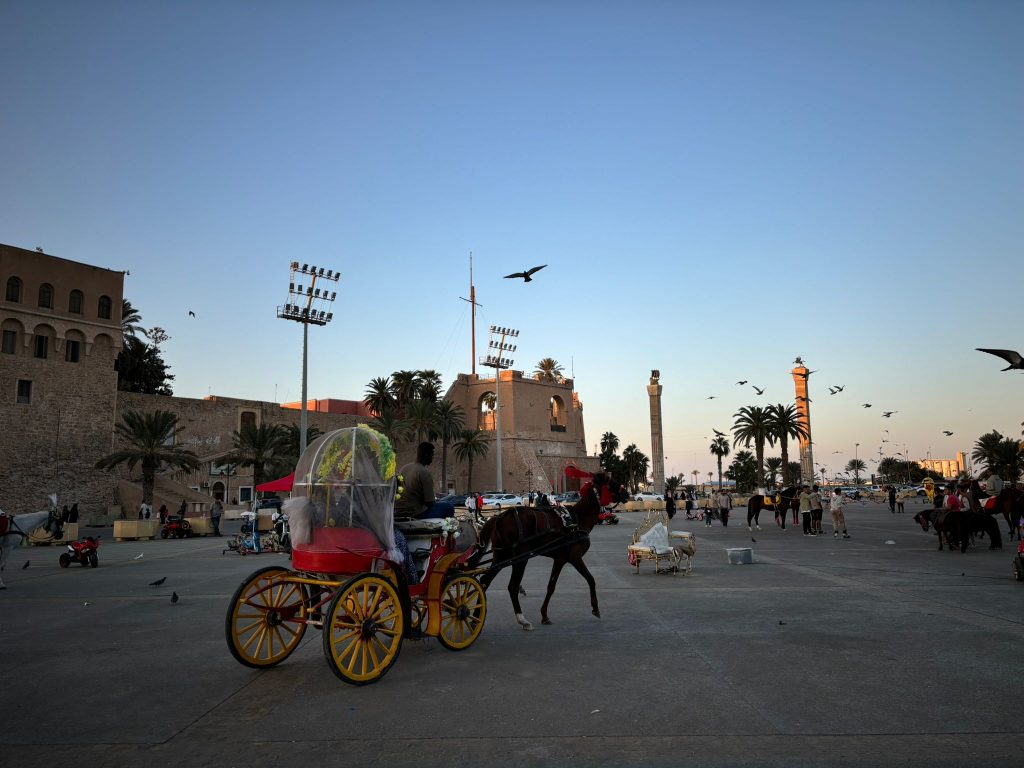
Here are 10 interesting fun facts about Libya that highlight its cultural, historical, and geographical importance, transcending most of its recent history and making the country relevant for various reasons.
1. The Largest Desert in the World
Over 90% of Libya’s land is covered by the Sahara Desert, making it one of the driest countries on Earth. This vast, arid expanse isn’t just empty sand; it features landscapes such as towering dunes, rocky plateaus, and rare oases that provide a lifeline to desert communities. Libya’s desert is a haven for adventure seekers and those drawn to the stark beauty of nature, especially since the country has overall less than seven million inhabitants.
2. Africa’s Oil Powerhouse
Libya boasts the largest proven oil reserves in Africa and ranks ninth globally. Its “black gold” has been the backbone of the economy for decades, fuelling infrastructure and development projects. Despite economic fluctuations, Libya’s oil wealth continues to play a vital role in the global energy market.
3. The Timeless Beauty of Leptis Magna
Leptis Magna, located near Al-Khums, is one of the most well-preserved Roman cities in the world. This UNESCO World Heritage Site features grand theatres, intricate mosaics, and awe-inspiring baths that reflect the prosperity of the Roman Empire. Walking through its ruins feels like stepping back in time to an era of grandeur.
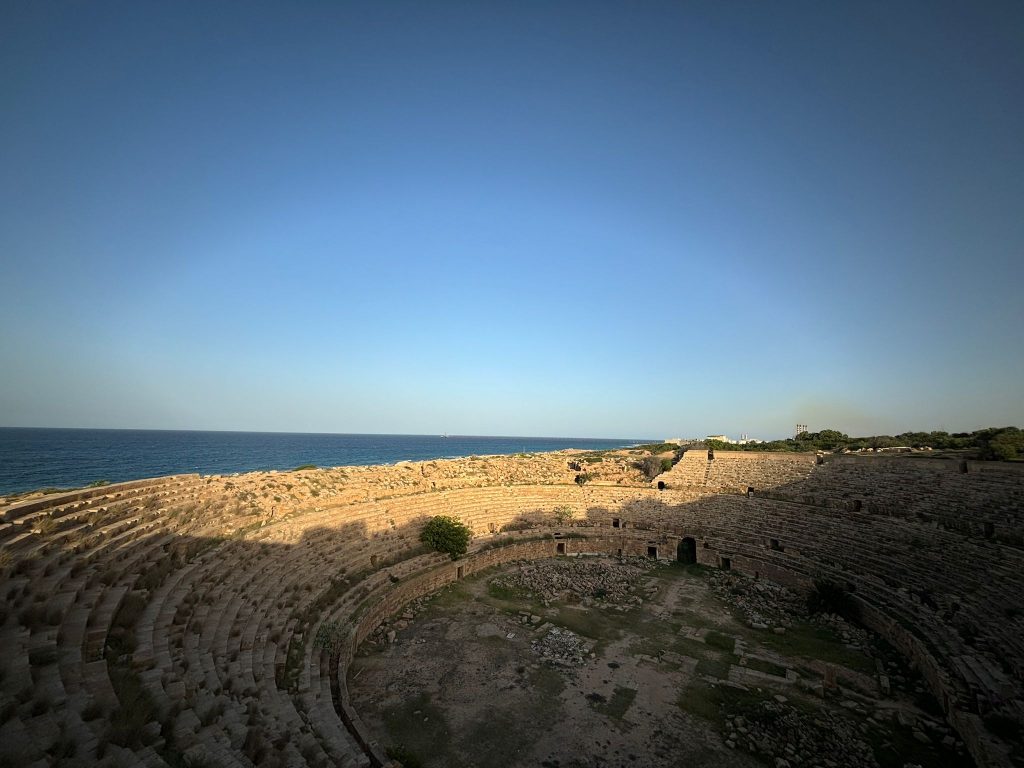
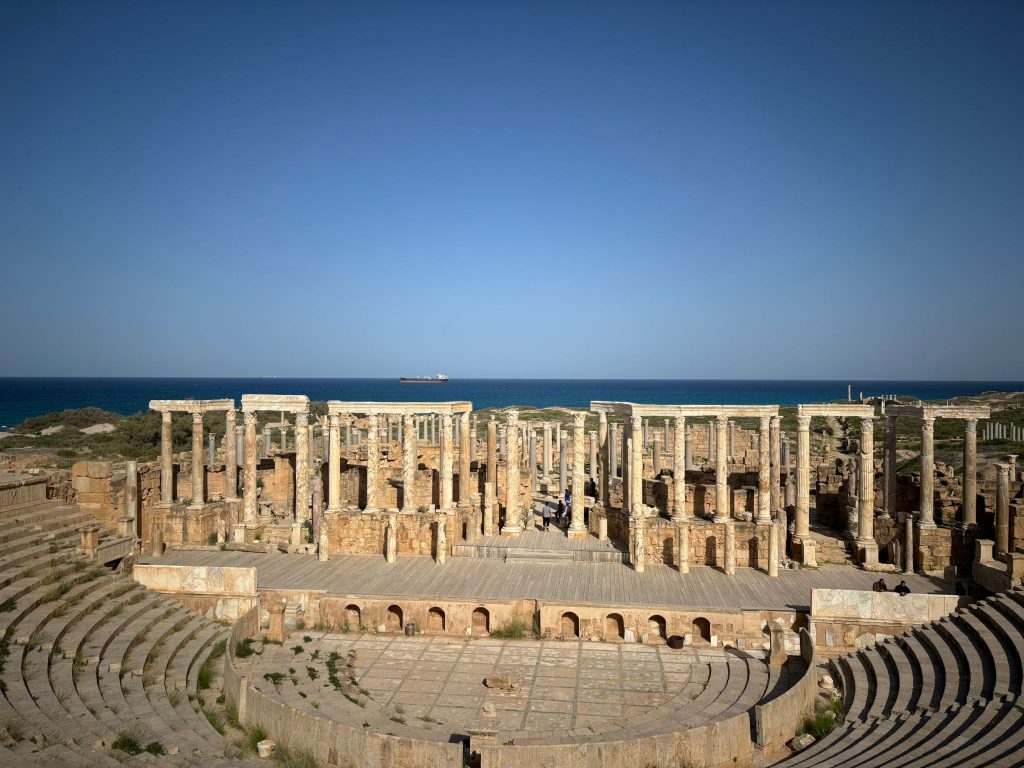
4. A Coastline Where the Desert Meets the Sea
Libya’s Mediterranean coastline, spanning over 1,770 kilometres, is the longest in North Africa. This unspoiled shoreline offers a striking juxtaposition of turquoise waters against the backdrop of the golden Sahara. Its pristine beaches are largely untouched, making it a hidden gem for nature enthusiasts.
5. Home to Record-Breaking Heat
In 1922, the town of Al-Aziziya made history by recording the hottest temperature ever measured on Earth at 58°C (136.4°F). Although this record was later disputed, the region’s extreme heat is a testament to Libya’s challenging desert climate, which has shaped the resilience of its people.
6. The Great Man-Made River: An Engineering Marvel
Libya’s Great Man-Made River Project is a monumental feat of engineering, often called the “Eighth Wonder of the World.” It delivers fresh water to arid regions through an extensive network of underground pipes, drawing from ancient fossil aquifers. This project highlights Libya’s innovative approach to managing its scarce water resources.
7. The Vibrant Berber Culture
The indigenous Berber, or Amazigh, people of Libya have a rich and enduring cultural heritage. Their colourful festivals, distinctive architecture, and traditional crafts are still celebrated today, particularly in the Nafusa Mountains. The Amazigh language and traditions offer a unique perspective on Libya’s diverse identity. You can still visit old Berber villages in the mountains and get a feel for their traditional way of living.
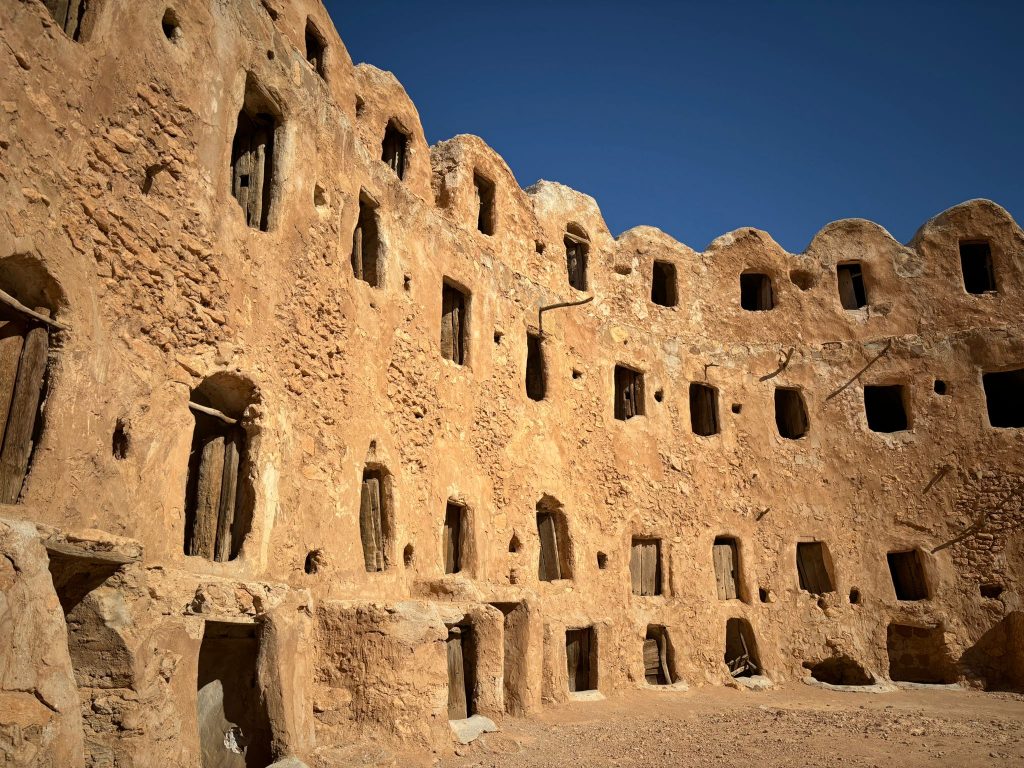
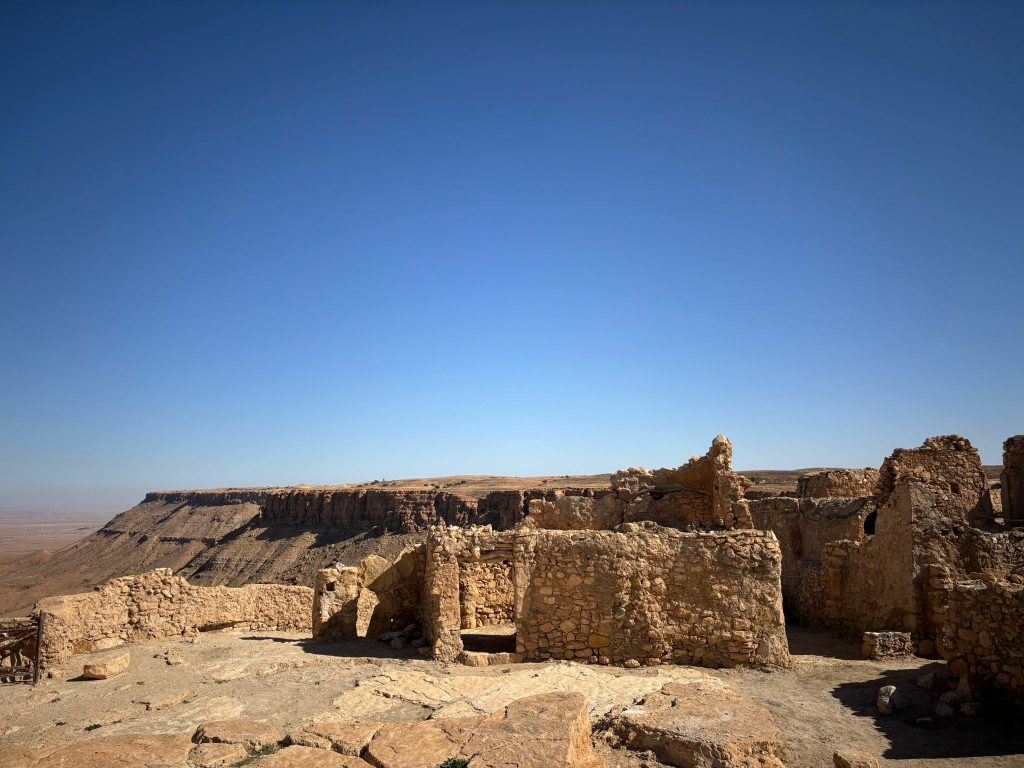
8. The Ancient Greek City of Cyrene
Cyrene, a UNESCO World Heritage Site, was one of the most important cities of the ancient Greek world. Located in eastern Libya, it was known for its grand temples, statues, and influence on early philosophy and medicine. Its archaeological treasures offer a glimpse into a thriving Greek colony that once stood as a beacon of knowledge.
9. A Unique Linguistic Tapestry
While Arabic is the official language and spoken by over 95% of the population, Libya’s linguistic landscape is enriched by Berber (Amazigh) dialects, which are spoken by approximately 5–10% of Libyans, particularly in Amazigh communities like the Nafusa Mountains and Ghadames. Italian and Turkish influences, remnants of Libya’s colonial and Ottoman past, are also present, especially in vocabulary and place names. This blending of languages reflects Libya’s historical interactions with various cultures and empires.
10. Gaddafi’s Green Book: A Controversial Legacy
Coming to the last one of our 10 interesting fun facts about Libya. Former leader Muammar Gaddafi’s “Green Book” served as a guide to Libya’s political and social systems during his rule. It was required reading for Libyans and aimed to replace traditional governance with Gaddafi’s unique blend of socialism and tribalism. The book remains a symbol of an era that shaped modern Libya’s identity. It is difficult to purchase an original copy these days and the prices rank highly. Many visitors therefore gladly remain with the former Libyan bank notes featuring his counterfeit.
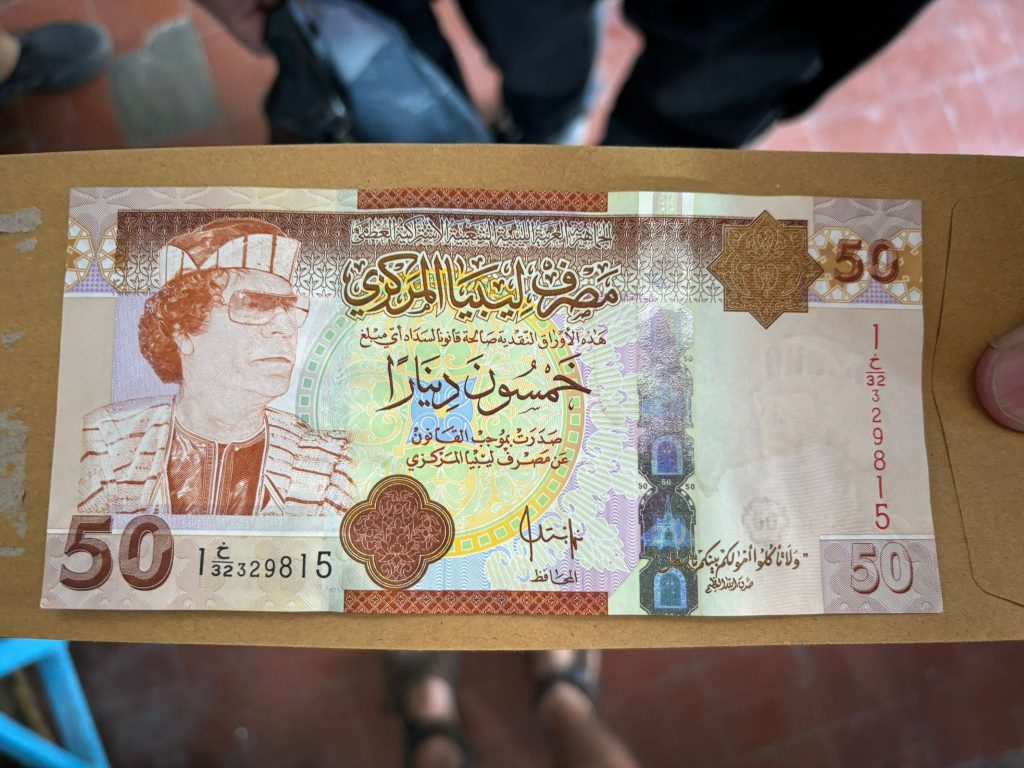
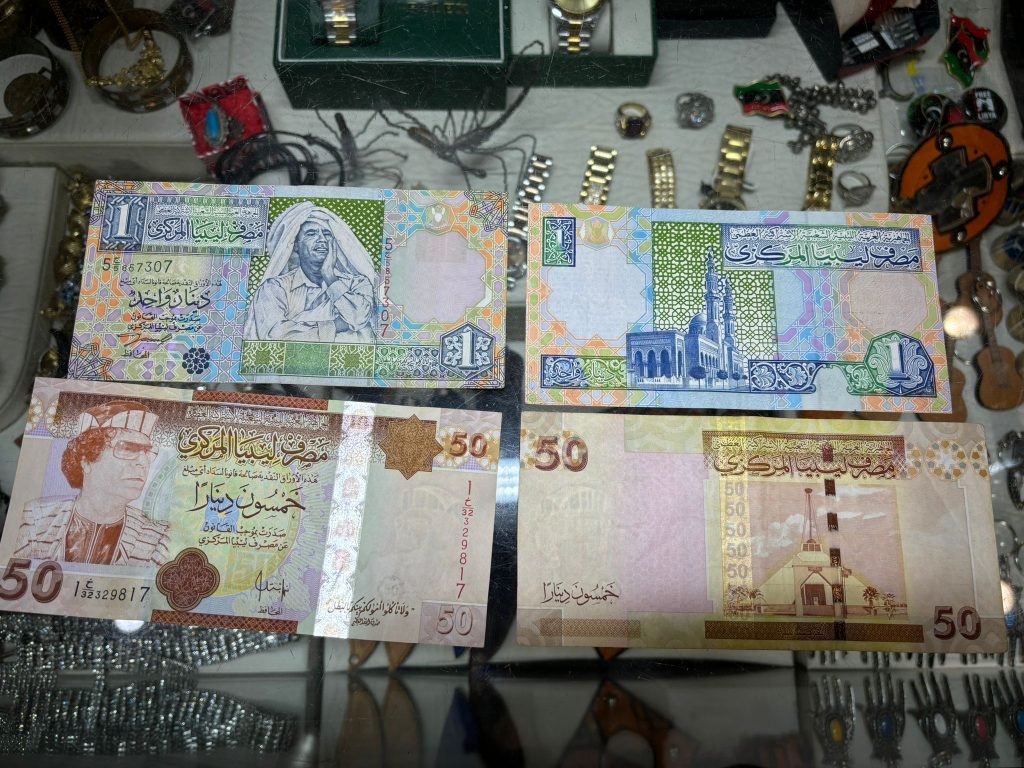
What is the conclusion on visiting today’s Libya?
Libya’s story is one of resilience and diversity, characterized by ancient civilizations, stunning natural landscapes, and modern achievements. Despite its challenges, Libya’s cultural richness and historical significance make it a country worth exploring and understanding. From the sands of the Sahara to the ruins of Leptis Magna, Libya is a land of hidden treasures waiting to be discovered.
Now that the country is finally experiencing some relative stability, and with a new tourist e-visa scheme, we here at YPT are very excited to take you to experience the country by yourself, so you can get beyond mere Libya fun facts, no matter how interesting they are.





